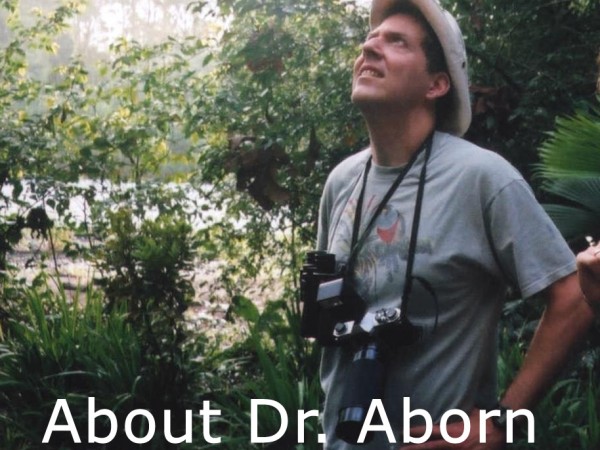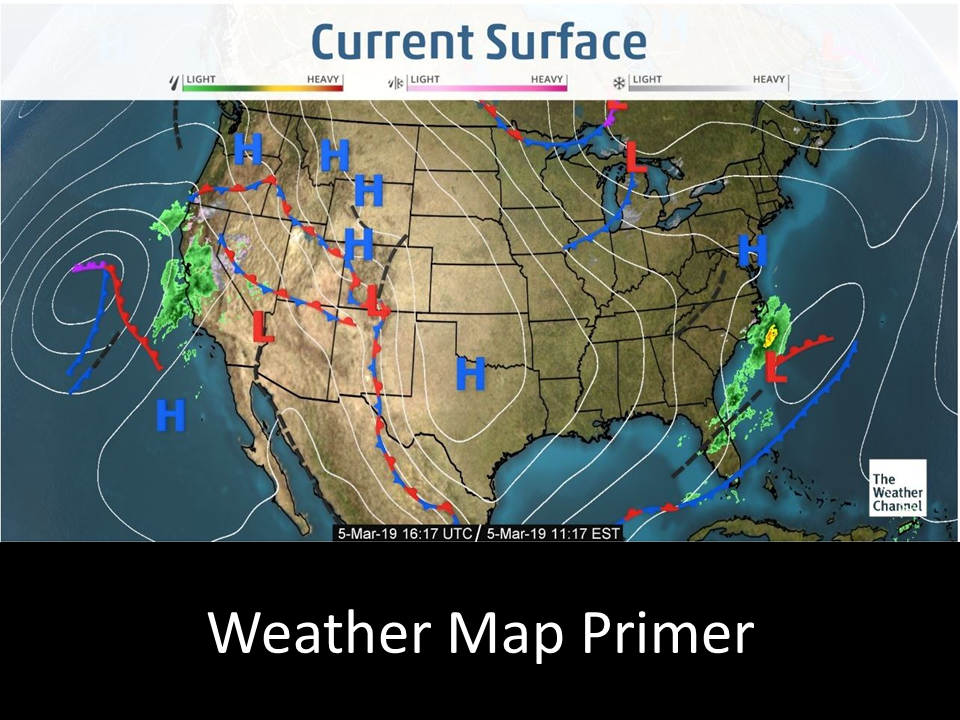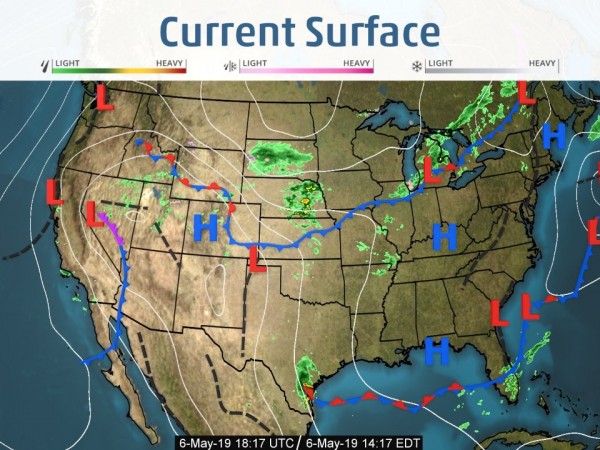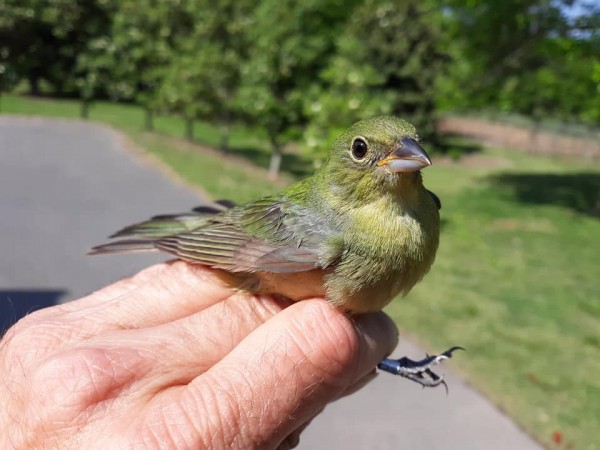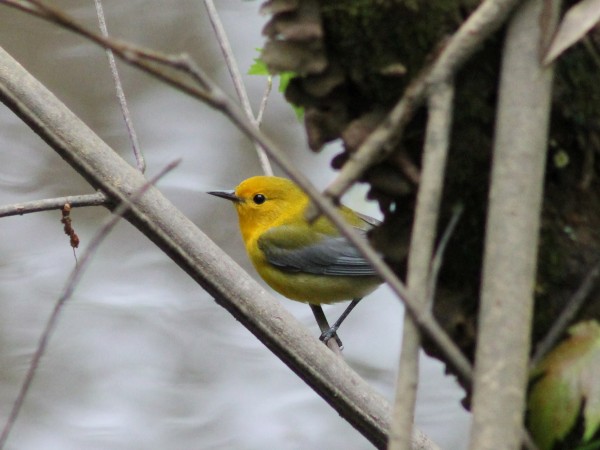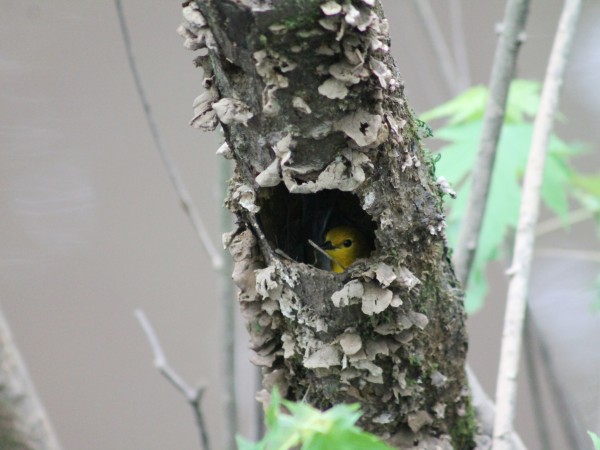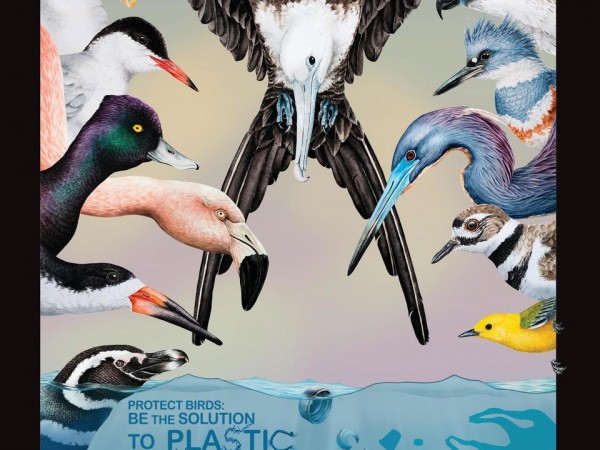Migration Active in the East. Slow in the West.
Saturday is World Migratory Bird Day! Celebrate birds by helping to eliminate harmful plastics in the environment.
Dear Journey North Followers,
As predicted last week, that stalled front over the middle of the country kept things active in the east, but slow in the west. One of the more exciting events this week occurred on the Alabama coast; something known as a fallout. Many migrants cross the Gulf of Mexico during spring and fall migration; a flight that lasts 12-18 hours. If storms hit just as the exhausted birds are arriving, they land in big numbers along the coast, seeming to fall out of the sky. I have witnessed fallouts myself, and they are very impressive.
Yesterday (May 5), storms were present when migrants were arriving, and when the storms ended, birders reported large numbers of Red-eyed Vireos, American Redstarts, Black-and-white Warblers, Bay-breasted Warblers, Blackpoll Warblers, and Magnolia Warblers. Other places in the eastern US were not that exciting, but they still saw many migrants coming through, thanks to clear skies and southerly winds. Birders in New York were treated to their first Summer Tanagers, and many different warblers, including their first Blackburnian, Cape May, Chestnut-sided, Bay-breasted, and Tennessee Warblers. Migrants making it all the way into Maine included Barn Swallows, Rose-breasted Grosbeaks, and Least Flycatchers, and Minnesota birders saw their first Gray Catbirds, Northern Waterthrushes, and Yellow Warblers.
I had an interesting capture at my study site on Friday (3 May), a female Painted Bunting! Painted Buntings breed in coastal South Carolina, Georgia, and Florida, as well as in Oklahoma, Arkansas, Texas, and Louisiana, and this was only the 3rd record of Painted Bunting in the Chattanooga area! While migration is still going on, in many places migrants are starting to breed. Over the weekend, I went to see a Prothonotary Warbler nest at the Chattanooga Nature Center. Prothonotary Warblers are interesting because they are only one of two warblers species that nest in cavities (the other is Lucy’s Warbler, found out west). The nest location is very visible, so it will be neat to watch its progress.
While things were slow out west, migration has still been happening. Olive-sided Flycatchers, Western Wood-Pewees, Warbling Vireos, Black-headed Grosbeaks, and Western Tanagers were seen throughout California, while Nashville Warblers and Orange-crowned Warblers were a common sight in Washington. Black-chinned and Calliope Hummingbirds arrived in Idaho, and migration has finally reached Alaska, with the arrival of Violet-green Swallows!
It would be nice to say that things will be different this week, but it looks like it will be more of the same. That stalled front does not want to move much, so migration should continue to be active in the east and slower out west. The forecast is for that front to finally start moving east by the end of the week, but that is what was predicted to happen last week, so we shall see!
Saturday is World Migratory Bird Day. If you visit https://www.birdday.org/, you can find activities and events occurring all over the U.S. to celebrate. Every year, the day has a theme, and this year’s theme is reducing plastic pollution. While thousands of birds are killed by, or injured from, ingesting discarded plastics, countless other birds become entangled in plastics. There are just too many plastic bags, straws, six-pack rings, and fishing line in the environment. If there are no events happening near you on Saturday, then consider going around your neighborhood and picking up trash, and start reducing the amount of plastic you throw away.
Take care,
David Aborn


